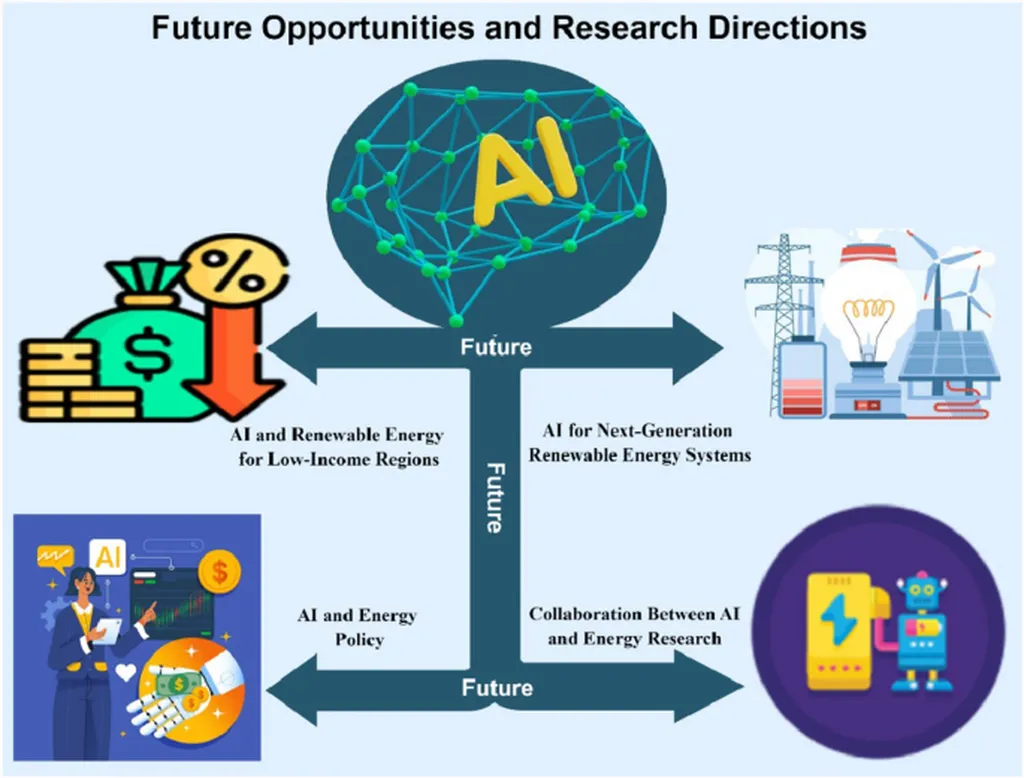In the heart of Xi’an, China, at the State Key Laboratory for Mechanical Behavior of Materials within Xi’an Jiaotong University, a groundbreaking review led by Yuehui Xian is reshaping the landscape of sustainable materials science. The research, published in *SusMat* (Sustainable Materials), delves into the transformative role of artificial intelligence (AI) in developing and managing sustainable materials, with a keen focus on the energy sector.
Xian and her team have meticulously examined AI-driven advancements across the entire lifecycle of sustainable materials, from design to lifecycle management. Their work highlights the pivotal role of AI in accelerating the discovery of new materials, optimizing green processing, and extending the lifespan of materials through real-time monitoring and intelligent recycling.
The review identifies key patterns and capabilities of AI in three interconnected phases: sustainable materials design, green processing, and lifecycle management. “AI is revolutionizing the way we approach sustainable materials science,” Xian explains. “Predictive and generative models are accelerating the discovery of new materials, while adaptive synthesis optimization and autonomous experimentation are streamlining the production process.”
One of the most compelling aspects of this research is its potential to reshape the energy sector. By leveraging AI, companies can develop more efficient and sustainable materials for batteries, thermal management, energy conversion, and catalysts. This not only reduces environmental impact but also opens up new commercial opportunities.
However, the journey is not without its challenges. The review investigates persistent hurdles such as data sparsity, domain-specific knowledge integration, and limited model generalizability. Xian acknowledges these challenges but remains optimistic about emerging solutions. “Federated learning for privacy-preserving data sharing, physics-informed neural networks for knowledge integration, and multimodal AI for cross-modal knowledge transfer are paving the way for overcoming these obstacles,” she notes.
The research also sheds light on the computational sustainability challenges of AI methods themselves, emphasizing the need for a holistic approach to sustainable materials development. As the energy sector continues to evolve, the insights from this review could prove invaluable in driving innovation and achieving sustainability goals.
In the words of Xian, “This review highlights key bottlenecks impeding scalable adoption and discusses pathways for realizing the full potential of AI in sustainable materials development.” As the world grapples with the urgent need for sustainable solutions, this research offers a beacon of hope and a roadmap for the future.

